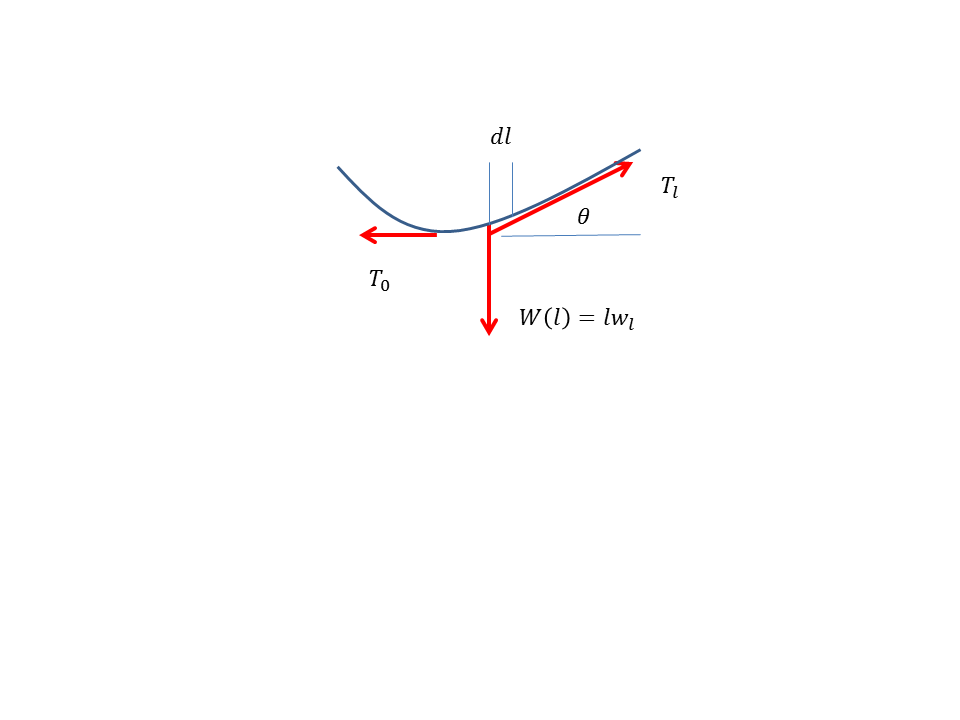This came from a physics wave book. I have a static, massive wire on the x-axis, with a y-displacement due to a force per unit length $F_y$. I start with the equation $F_y = T_0\frac{\partial^2(\eta)}{\partial(x)^2}$, where $\eta$ is a small displacement in the y direction and $T_0$, with units of force, is the tension supporting the wire. I need to find how twire is shaped, so I need to integrate both sides twice with respect to x. $$F_y\iint{{dx}^2} = T_0\iint{\frac{\partial^2(\eta)}{\partial(x)^2}{dx^2}}$$
Since these are both indefinite integrals this is rather easy and I get $F_y x^2 = T_o\eta +Cx+D$. But if I were to attempt definite integrals, how exactly would I proceed? If both are definite... $$F_y\int_{x_1}^{x_2}\int_{x_1}^{x_2}{{dx}^2} = T_0\int_{x_1}^{x_2}\int_{x_1}^{x_2}\frac{\partial^2(\eta)}{\partial(x)^2}{dx^2}$$ Then this is how I think the fundamental theorem of calculus would apply $$F_y(x_2-x_1)\int_{x_1}^{x_2}{dx} = T_0\int_{x_1}^{x_2}\left(\frac{\partial(\eta(x_2))}{\partial(x)}-\frac{\partial(\eta(x_1))}{\partial(x)}\right){dx}$$ But this seems very wrong. Having $\eta$ as a function of only the endpoints seems odd. Intuitively I would indefinite integrate this once, then definite integrate the second time to limit it. How do you apply the F.T.C here?
Also I've seen from other questions that the curve is not in fact parabolic as my first equation suggests, what assumption am I making that threw this off?
Any help is appreciated, I feel this hit's on a key concept I missed in calculus.

